New York City Mayor Bill de Blasio said on Wednesday he was introducing checkpoints at tunnels and bridges to trace travelers coming in from COVID-19 hotspot states and force them to quarantine, but failed to explain how he would enforce it.
At a press conference on Wednesday morning, de Blasio sternly warned travelers that the law was ‘serious’ and that they could face a $10,000 fine if they do not self-isolate for 14 days once they arrive in the city.
The checkpoints will go up on Thursday but it remains unclear exactly where.
They are to identify people traveling into the city from one of the 35 states on Gov. Andrew Cuomo’s mandatory quarantine list; Alaska, Alabama, Arkansas, Arizona, California, Florida, Georgia, Iowa, Idaho, Illinois, Indiana, Kansas, Kentucky, Louisiana, Maryland, Minnesota, Missouri, Mississippi, Montana, North Carolina, North Dakota, Nebraska, New Mexico, Nevada, Ohio, Oklahoma, Puerto Rico, Rhode Island, South Carolina, Tennessee, Texas, Utah, Virginia, Washington, Wisconsin. But de Blasio failed to explain how police or contact tracers would enforce the quarantine beyond asking them to fill out a form – found here– and simply be honest.
The form has up until now only been forced on people on planes. It does not ask for an address if the person’s final destination is not New York, and some travelers have anecdotally reported giving fake information once they get off flights from hot-spot cities like Miami once they arrive.
The tunnel and bridge checkpoints will be manned by members of the sheriff’s department, but it’s unclear what exactly they will ask when they stop a car, or if they will go beyond the questionnaire.
The questionnaire asks eight questions, including whether or not a person has been in one of the COVID-19 hotspot states recently.
It asks how the traveler is arriving in New York, giving a multiple choice answer, and for their flight details – including their seat number – if they’ve come by plane.
Crucially, when traveling by car, it asks if New York State is the traveler’s final destination.
If the traveler answers that it is not, they are not required to give an address.
If they answer that it is, they are.
It’s unclear how that address will be checked when the person fills out the form and hands it back to law enforcement.
When completing it online, a person can enter false information to reach the end and be given a clearance that they do not need to quarantine.
It tells them to show that declaration to a compliance officer if asked.
Sheriff Joseph Fucito said the checks would be random, with every sixth or eight car being checked at tunnels and bridges.
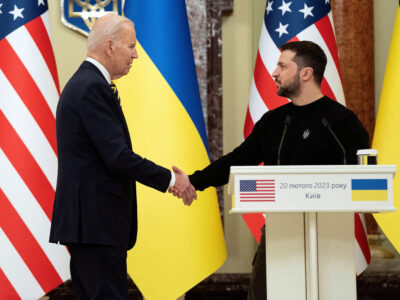
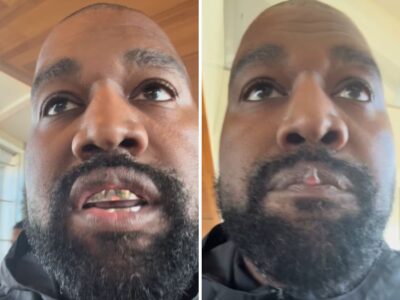

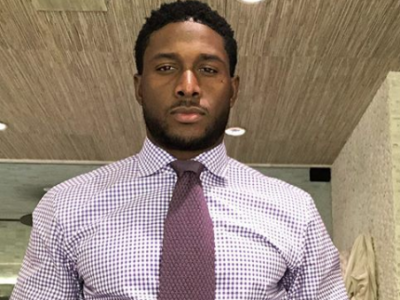
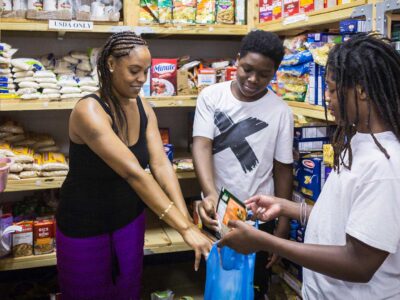
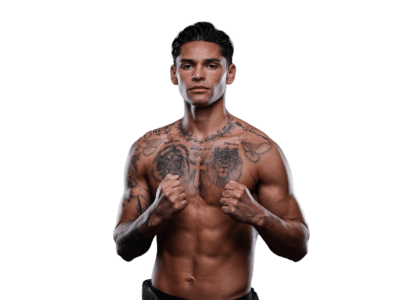
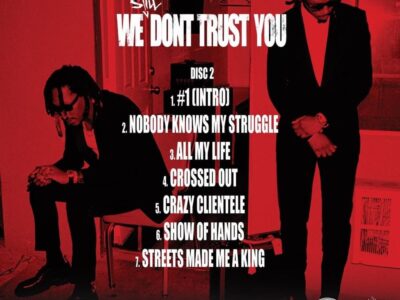


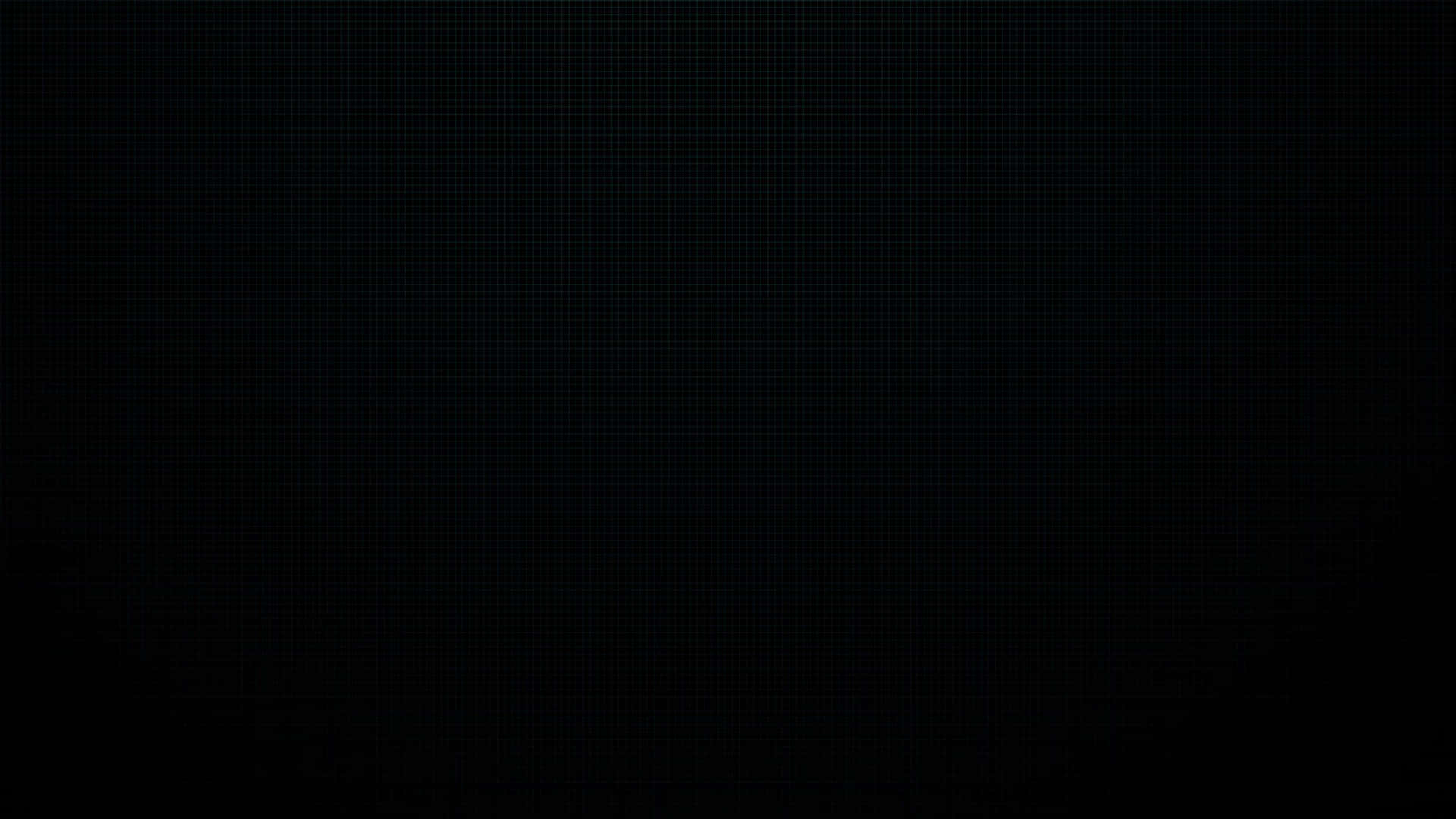
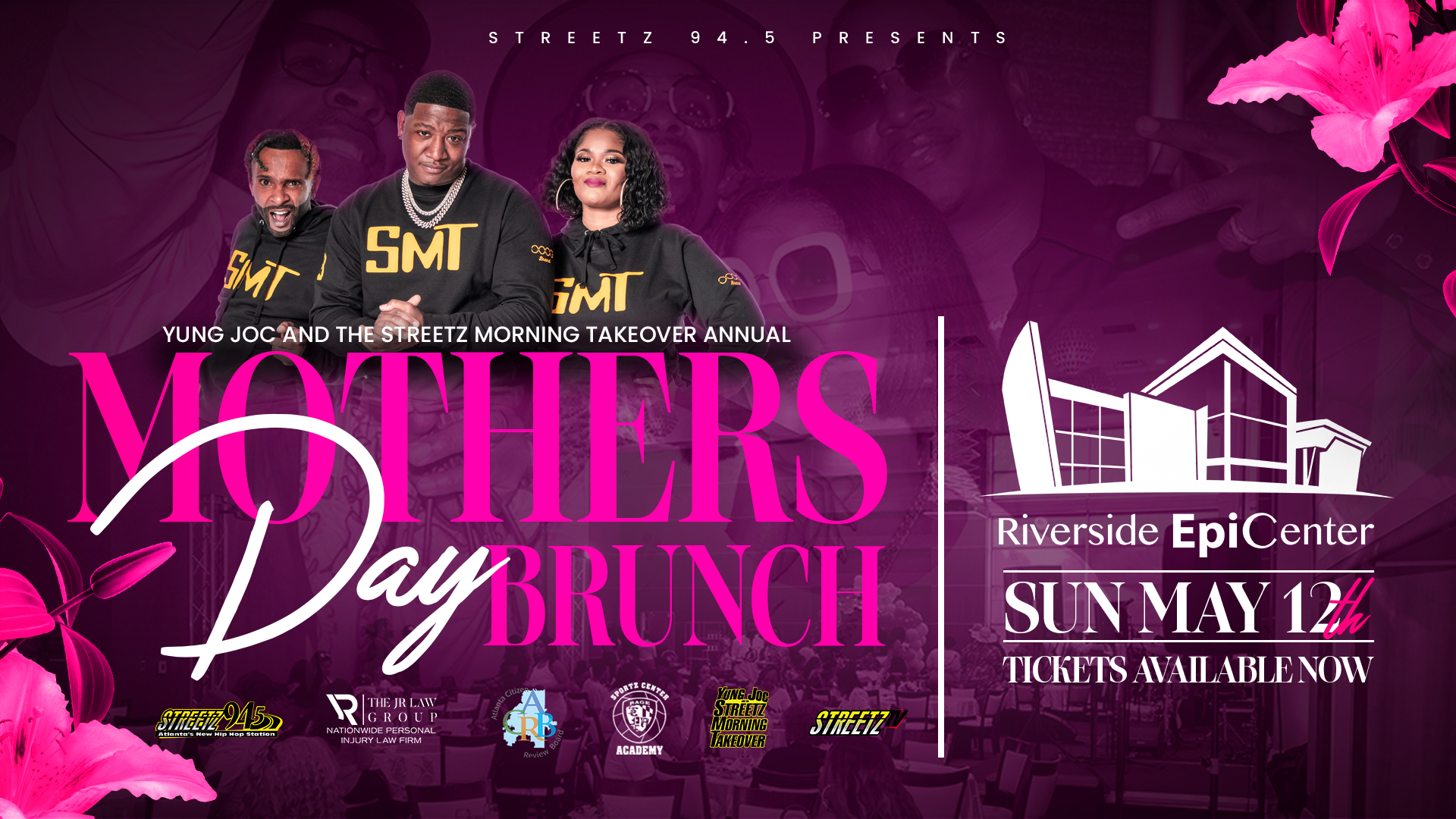
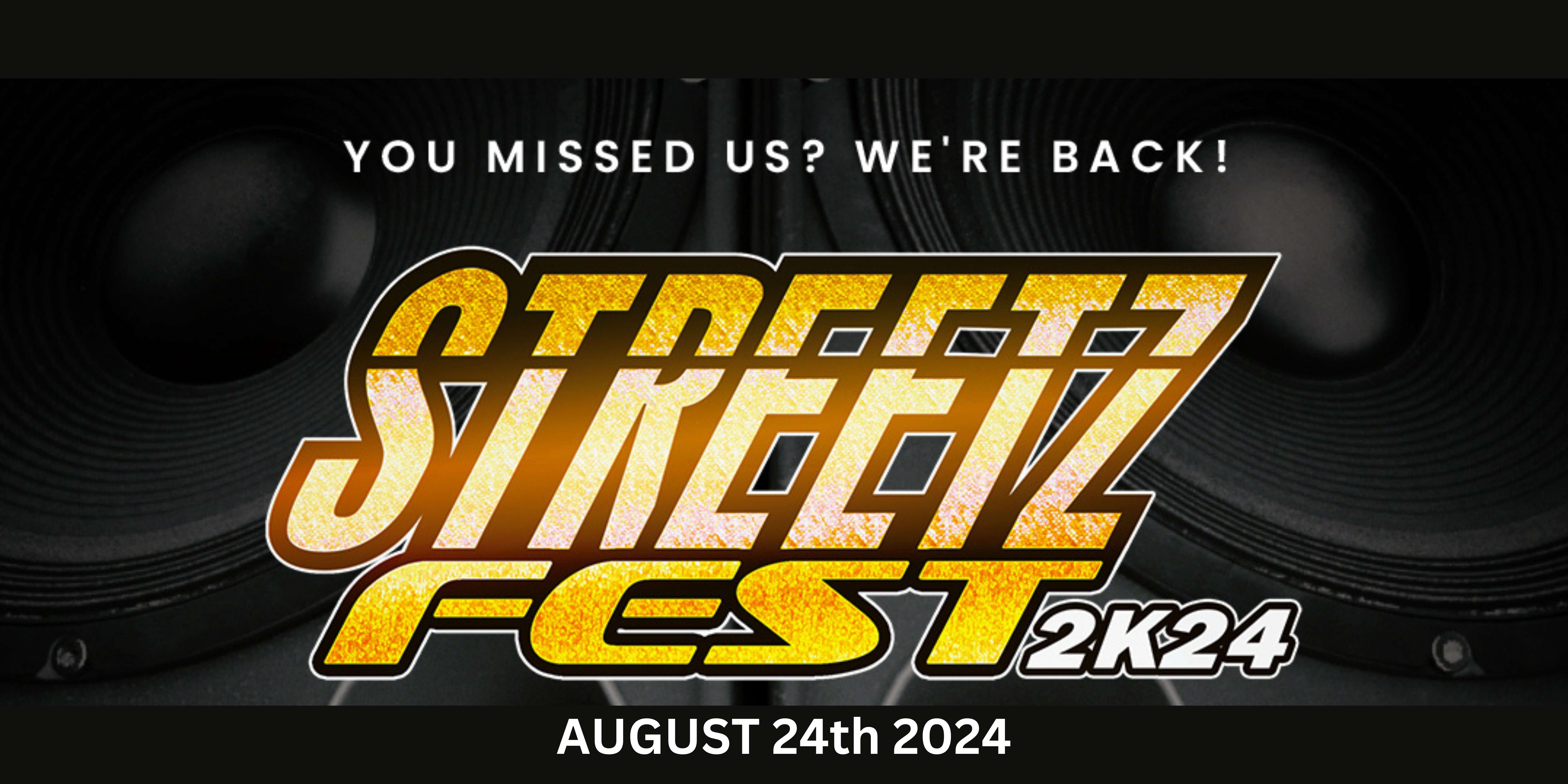
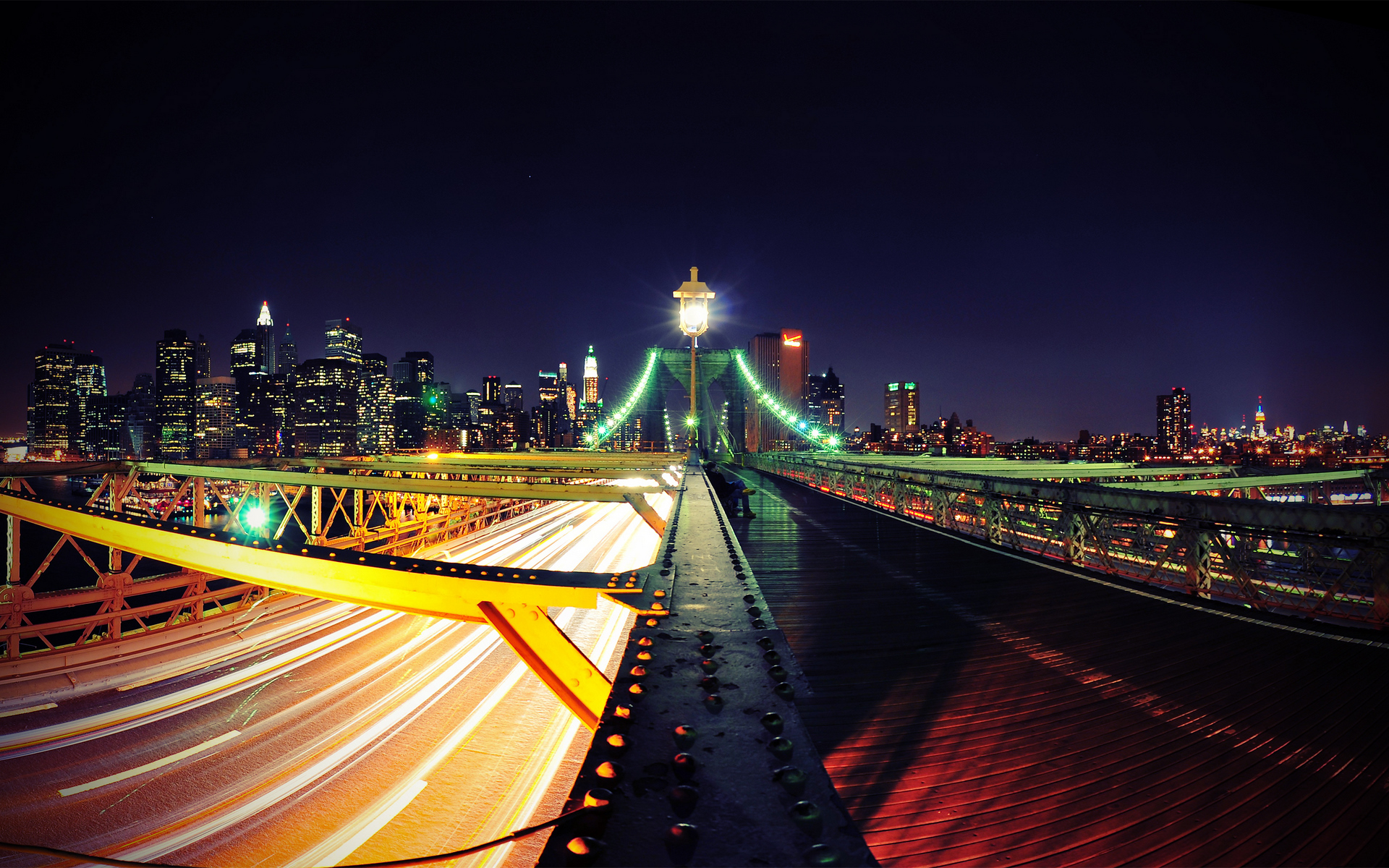


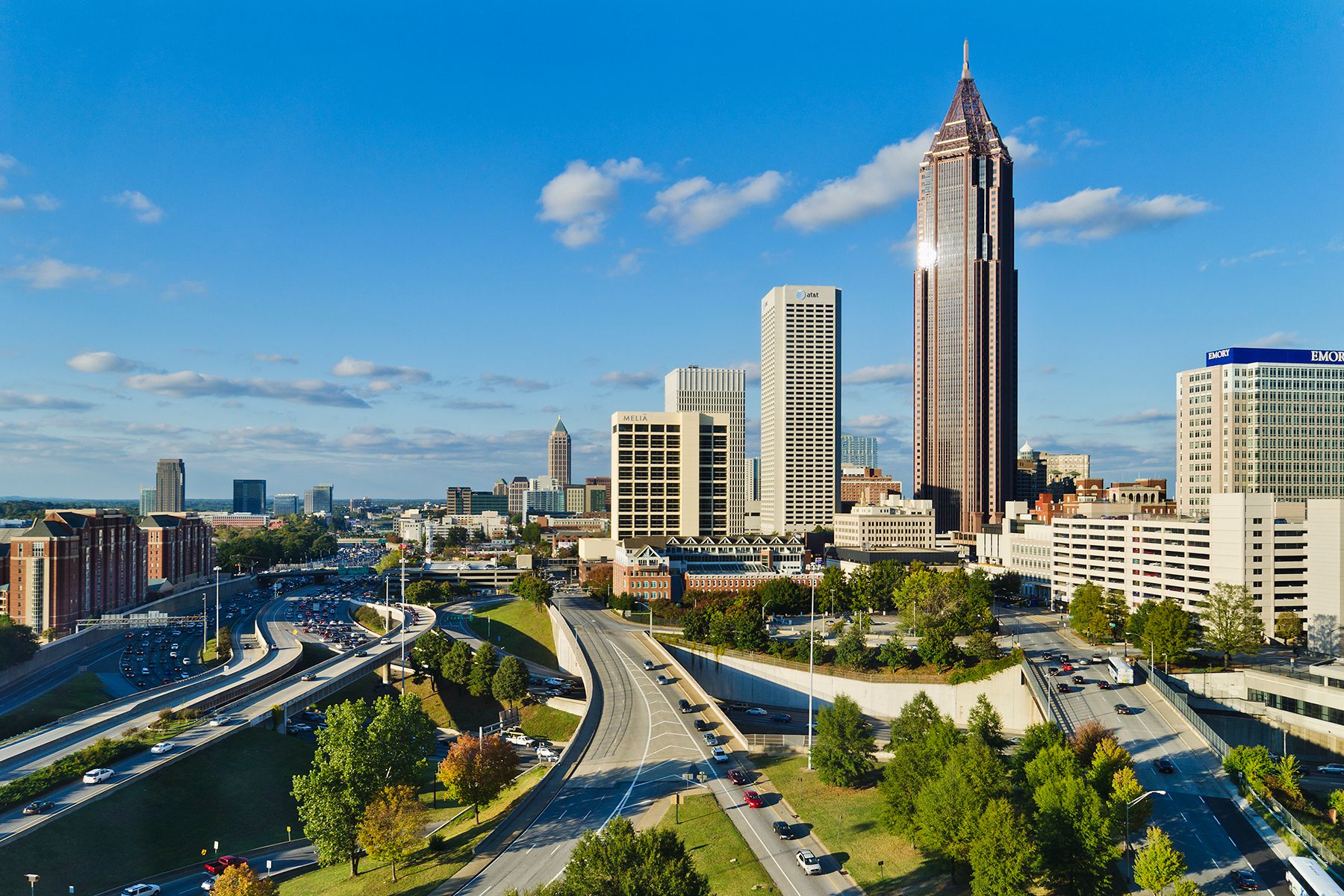



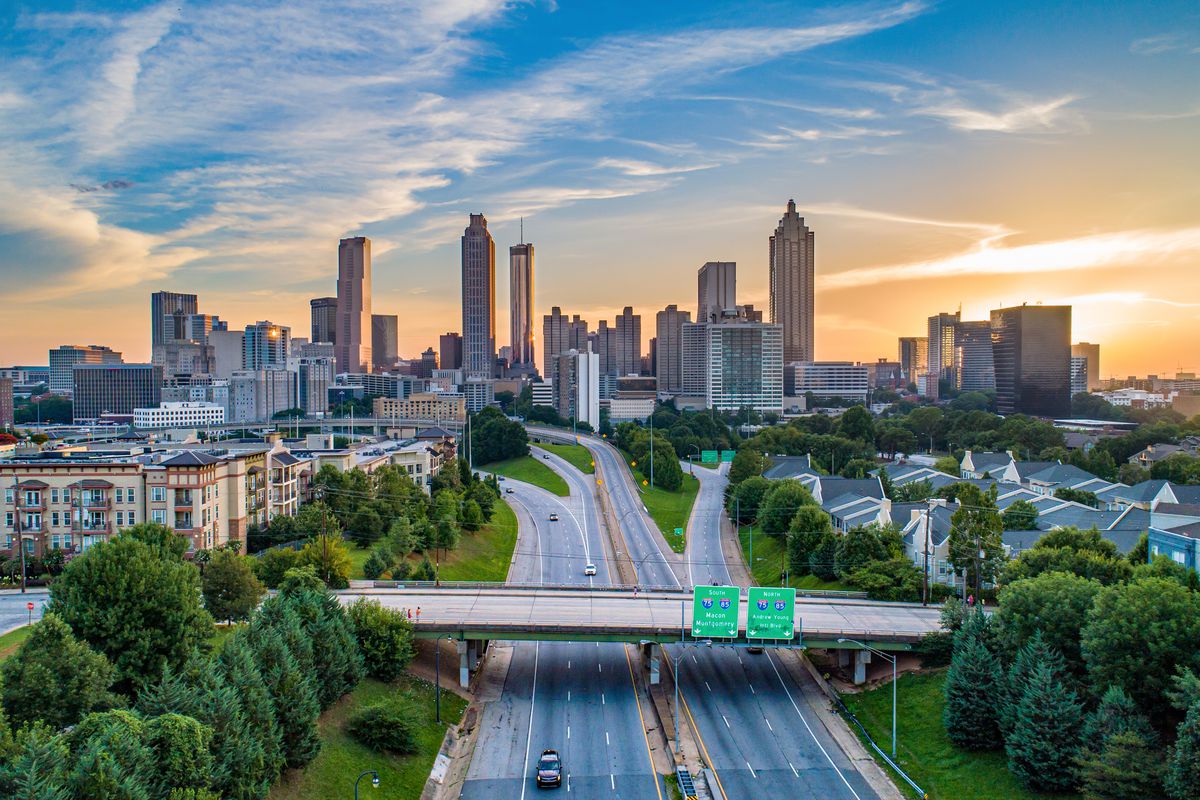
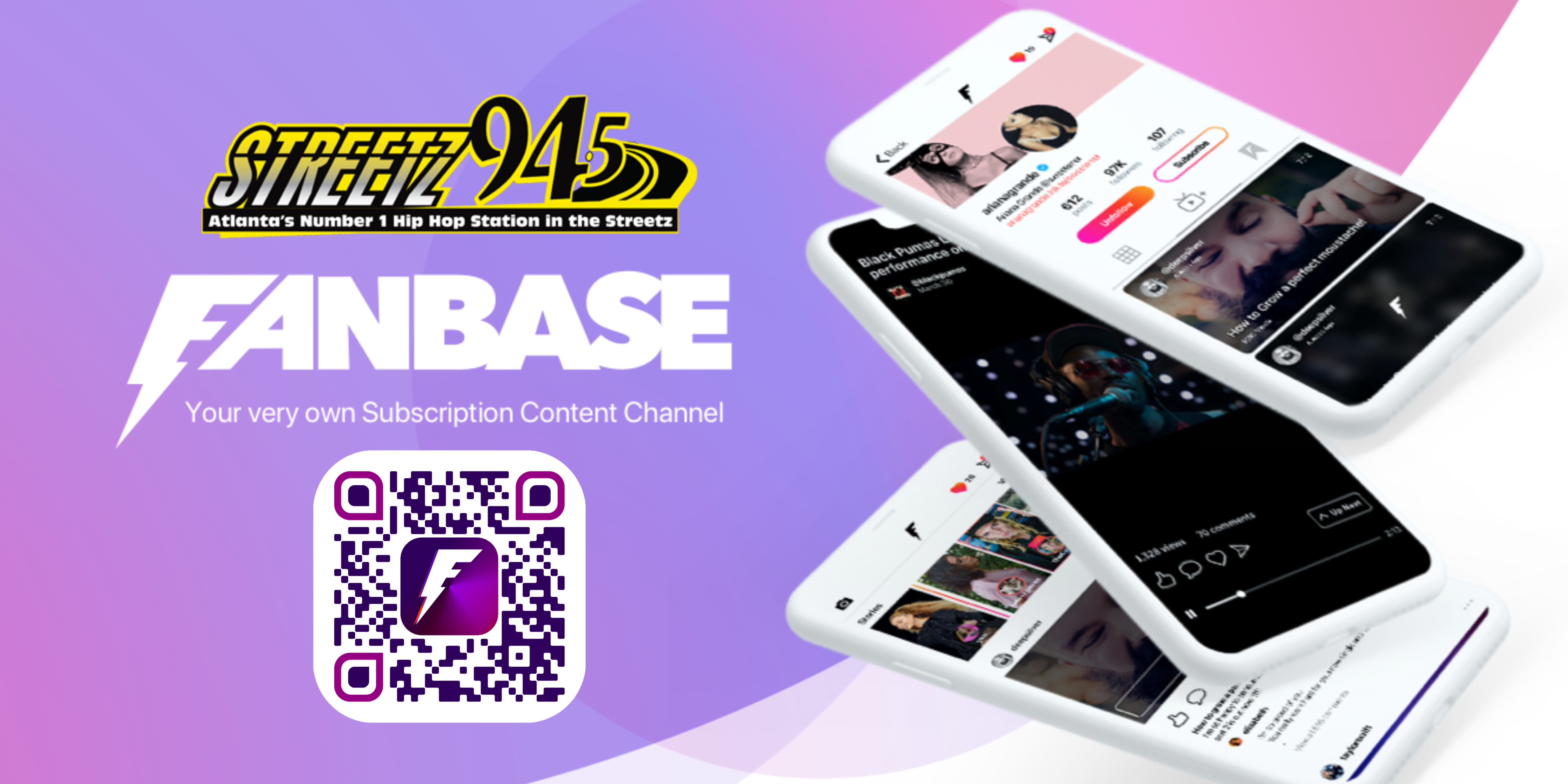
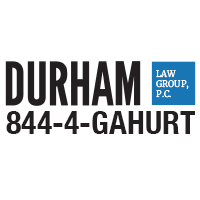
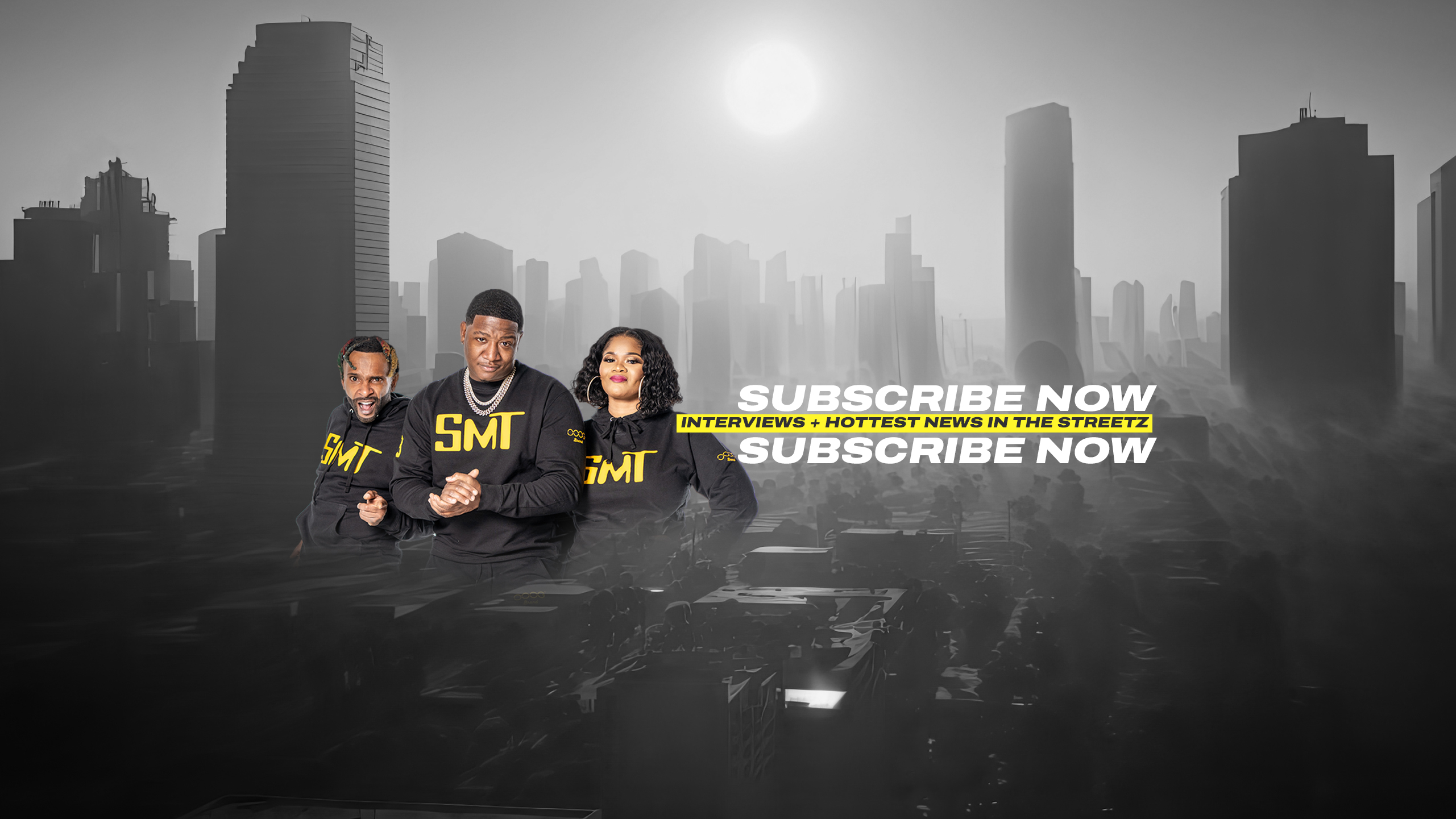

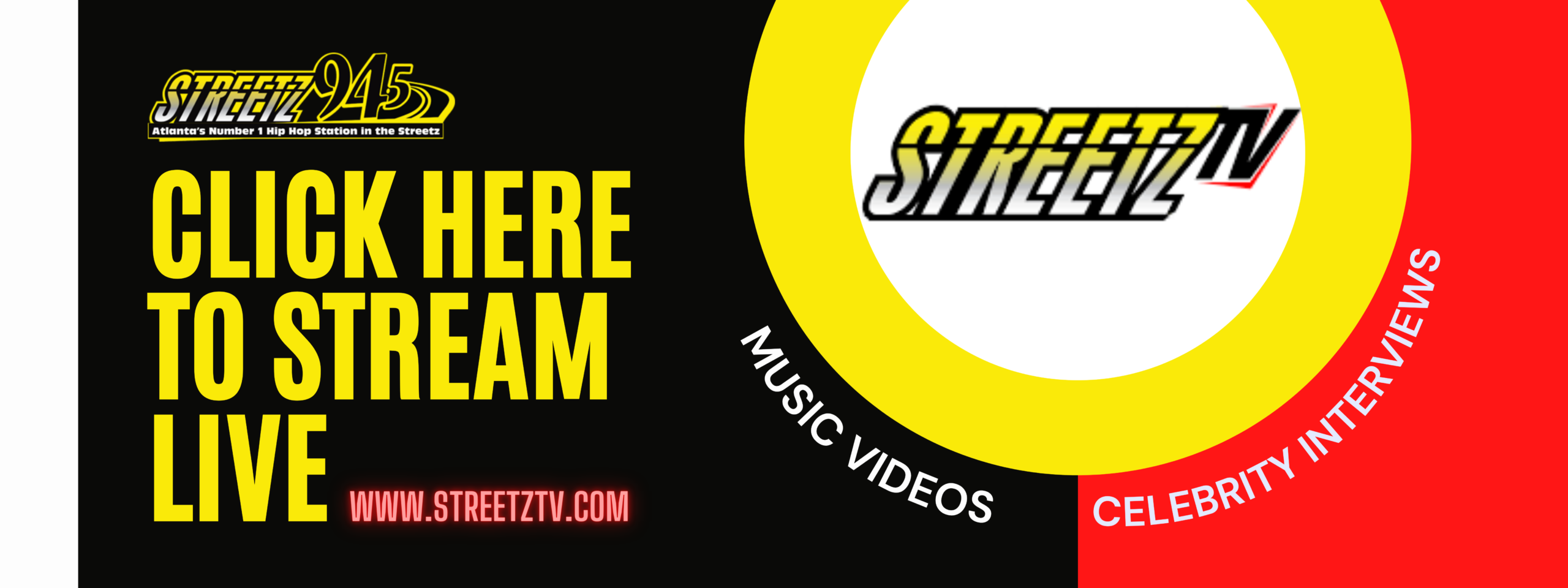

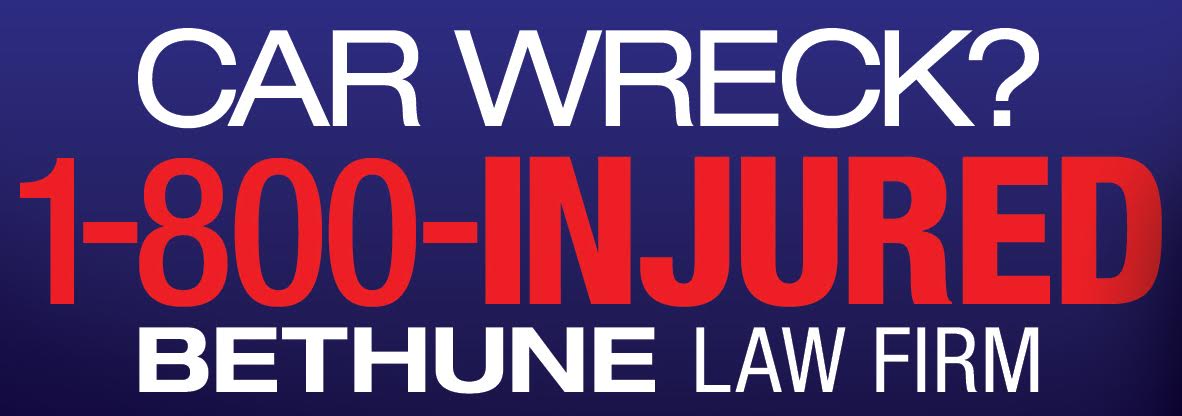
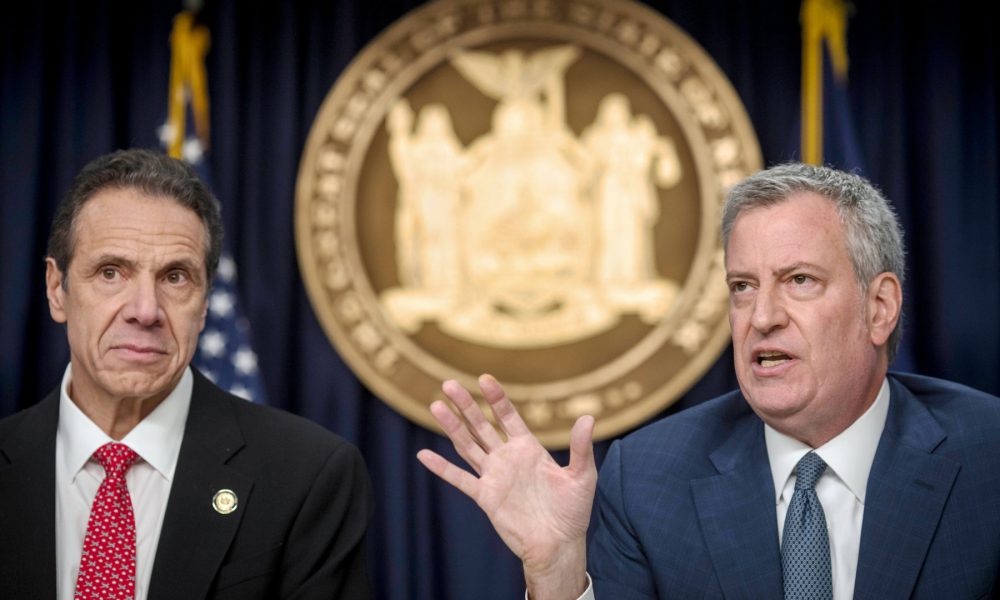
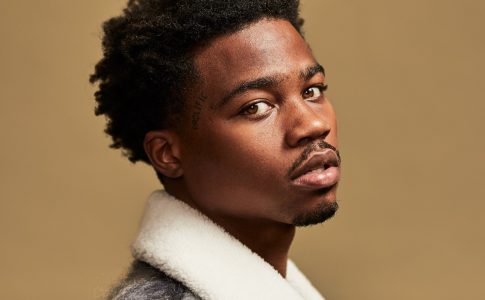
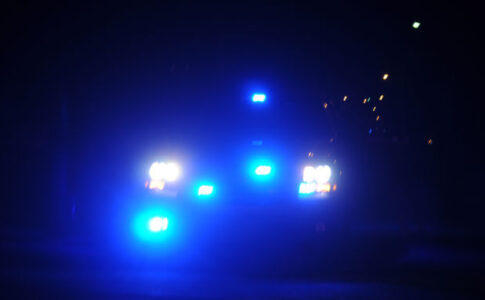
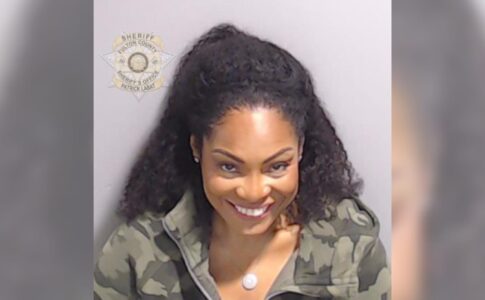
No comments